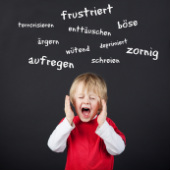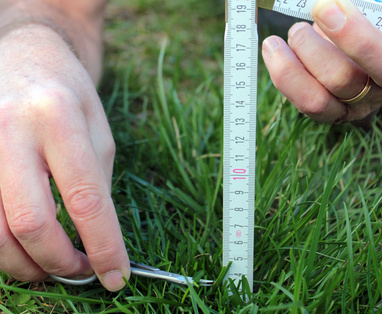- seeing
- hearing
- smelling
- tasting
- touching
If one is not in touch with ones senses, then it will be very difficult to be in touch with ones emotions.
- A child communicates his awareness of what is happening in his world through his play. Play helps promote mental growth as well as emotional needs.
- Children often lose their sensory awareness and sensitivity in respect of their bodies as a result of traumatic events in their life. They desensitise themselves in order to protect themselves.
- By focusing on children’s sensory and bodily contact-making, they are made aware of the emotions they experience in a specific moment.
- Through sensory awareness a person is able to live more fully in the world, the connection between mind and body is discovered.
ACTIVITIES TO PROMOTE SENSORY AWARENESS IN YOUR CHILD
Smell
Discuss and experience practically (breath through the nose and mouth) how the nose is used for smelling.
- Let your child discover the various smells in the air. Do the activity inside and outside.
- Describe the smells (what they smell like and what do they remind your child of).
- Talk about your child’s favourite and non-favourite smells.
Taste
Talk to your child about different tastes.
- Let your child stick out his tongue and look at it in the mirror. Ask him to feel the textures of food under his tongue, on his lips, teeth and in his mouth. Allow him to describe the tastes and feelings.
- Give your child different foods to taste that includes sweet-, bitter-, sour- and salty tastes. Have a small plastic mirror available so that your child can see his facial expressions, as reaction, when he tastes the different foods.
- Talk about the tastes your child likes and dislikes.
Touch activities
Feeling different objects like, sand, sandpaper, wood, shells, seeds – talk about how it feels, what it reminds your child of. He can also say, “I don’t like this because it reminds me about …. or I like this, because it reminds me of…, etc.
- Use finger paint to make pictures (put different textures in the paint like washing powder, sand, sta-soft, etc).
- Play in the sand and water (use interesting objects like plastic measuring cups, bottles, cookie cutters, etc).
- Use play dough and encourage your child to roll, cut and crumble the dough.
- Walk barefoot on various surfaces like sand, stones, water, cushions, sandpaper etc.
- Both you as parent/caretaker and your child touch the child’s face, head, arms, legs or body parts, and allow him to describe the feeling (use cotton wool, soft brushes, sponges, etc).
- Important: All activities must be non-threatening in nature.
- Allow your child to sit in a spot and list everything he sees. (You can do the writing if your child is still too small).
- Look at pictures (eg. in a book) and try to remember them in detail.
Sight
Make sunglasses from toilet rolls and use cellophane for lenses through which your child can look at various objects.
- “Mirror” Mirror” games – look into mirror for 30 seconds and let your child explains what he saw. This will helps your child to strengthen a sense of himself.
- Allow your child to sit in a spot and list everything he sees. (If a child is still to small to write you can do the writing).
- Look at pictures in a book, and try to remember them in detail.
Hearing
Listening to music helps to bring your child into contact with his feelings. The words of songs (age appropriate) can help him to identify emotions that he may not be able to express otherwise.
- Bang household items against each other, for example spoons, chopsticks, etc. (This is used to promote sensitivity towards sounds).
- Allow your child to paint while listening to music.
- Use musical instruments to introduce rhythm, and to make gentle, loud, scary or happy music. Talk about the happy, sad or scary noises.
- Demonstrate body movements which can be used to express different emotions and talk about them. (Stamping feet to express anger, tiptoe to walk quietly, quick steps if you are in a hurry, etc).
Walking sensory experience
Take your child for walks to experience and involve him in sensory exploration.
- Encourage your child to explore within safe and reasonable limits, for example: What is under that nearby rock? How do the leaves smell? How does the bark from different trees feel?
- Stop for a moment and listen to different sounds. Can your child hear the trees “moving” in the wind, the birds that fly overhead, the sounds of the city in the distance?
- Avoid distracting your child with questions while he is involved in sensory exploration of seeing, smelling, hearing and touching. If he starts to talk (about other non-related things, gently turns his attention back to what he is seeing, tasting, smelling, hearing, or feeling.
MOST IMPORTANT ACTIVITY: HAVE FUN WITH YOUR CHILD!
( Resource:Dr S Krog Play Therapy Techniques)






 RSS Feed
RSS Feed
